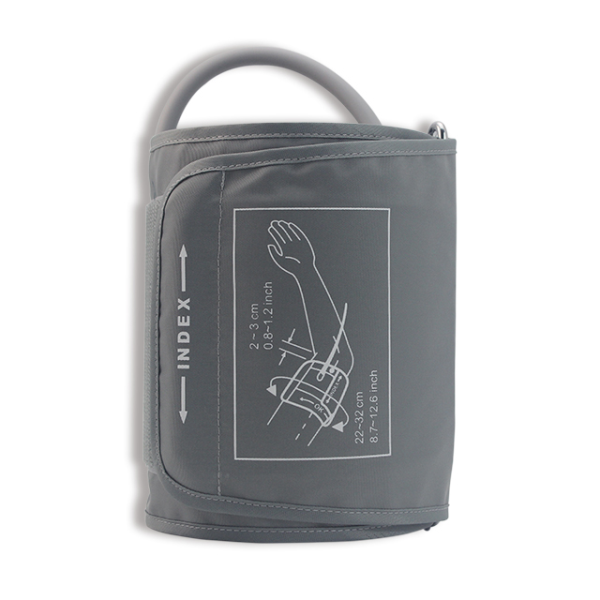The position of the blood vessels in the human arm is fixed.
By directly covering the cuff balloon on the blood vessel, the blood pressure signal can be captured correctly, so the cuff coverage rate has little effect on human blood pressure measurement.
Full coverage of cuff airbag (100%):
Correct Cuff size can get all signals> blood pressure value is more normal
Excessive cuff airbag coverage (120%):
Cuff size is too large, signal fights, affect each other> blood pressure value is too high
Incomplete cuff airbag coverage (50%):
Cuff size is too small, signal is missing> The blood pressure value fluctuates high and low, or the pulse signal cannot be caught
The cuff width needs to account for 30~40% of the blood vessel at the measurement location in order to effectively block the blood flow for measurement
If the sleeve bandwidth is too large (>70%), the inflation pressure is too large, even if the air is unloaded, the blood flow is not easy to be detected by the measurement signal, or there is noise
The cuff width is moderate (30~40%). The cuff width is too small (<20%). The inflation pressure distribution is more even, which can effectively block the blood flow and the measured value is more accurate.
The cuff width is too small (<20%), the inflation pressure is uneven, there is no complete blockage, there is still blood flow through the measurement, there is noise at the beginning, and the value is inaccurate
So choosing the right ruler is more accurate!
Post time: Oct-30-2021


